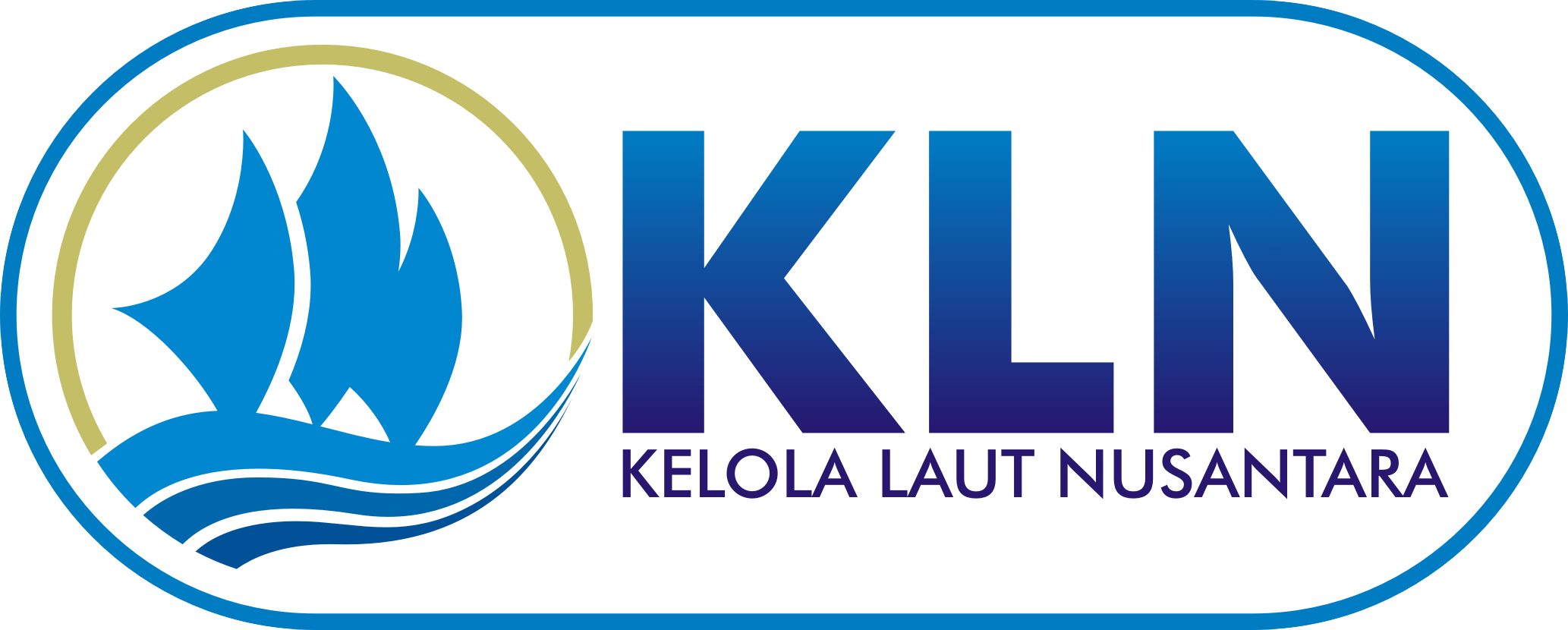In the food processing industry, water use can be classified as follows:
- Water as raw material for production
- Water as an auxiliary material for making ice and glazing products
- Water for washing raw materials, equipment and processing facilities
- Water for cooling and heating media
- Drinking water
Water and ice are the main components used in the fish handling and processing unit, so they are one aspect of the GMP and SSOP that must be considered, especially in terms of quality and safety, because they can contaminate the product during the handling and processing of fishery products.
Therefore, water or ice raw materials used for the handling and processing of fishery products must be clean and meet the criteria for drinking water.
The quality of ice water to be used for processing fishery products also needs special attention for the following reasons:
- As additional material (media)
In the processing of fishery products, water is generally used as an auxiliary material or media which will of course be in direct contact or blend with the fish being processed
- As an intermediary or source of contamination
- Water or ice to be used as auxiliary materials, media or washing are prepared in such a way as not to become an intermediary or source of contamination in the processed product.
- Water and ice standards that will be used for processing fishery products have been established and applied effectively, especially in developed countries
- As an auxiliary material, for example, for washing fish, you can use ground water or tap water, provided that the channel is not cross-connected with the dirty water pump
Clean water is water that has been processed or without processing that meets health requirements and can be drunk. In the regulation of the Minister of Health 492/Menkes/PER/IV/2010 concerning drinking water requirements, it includes the following
| No | Type of Parameter | Unit | Standard Limit |
| 1 | A. Microbiological Parameters | ||
| Total Coliform | Amount per 100 ml sample | 0 | |
| Escherichia coli | Amount per 100 ml sample | 0 | |
| Enterococci | Amount per 100 ml sample | 0 | |
| Clostridium perfringens (for surface water) | Amount per 100 ml sample | 0 | |
| 2 | B. Parameter Kimia Anorganik (*dissolved) | ||
| Arsen (As)* | Mg/l | 0,01 | |
| Fluorida (F)* | Mg/l | 1,5 | |
| Chromium (Cr)* | Mg/l | 0,05 | |
| Cadmium (Cd)* | Mg/l | 0,003 | |
| Nitrite, (as NO2) | Mg/l | 3 | |
| Nitrates, (as NO3) | Mg/l | 50 | |
| Cyanide (Cn) | Mg/l | 0,07 | |
| Selenium (Sn)* | Mg/l | 0,01 | |
| C. Parameter Fisik | |||
| Smell | Odorless | ||
| Colour | TCU | 15 | |
| Total dissolved solids (TDS) | Mg/l | 500 | |
| Turbidity | NTU | 5 | |
| Taste | Tasteless | ||
| Temperature | ℃ | Air Temperature ± 3 |
- Frequency of Water and Ice Quality Control
It is carried out to monitor the quality of water used in handling and treatment to remain at a level that is following the specified requirements. The frequency of water and ice control was carried out by UPI PT Manage Laut by physically checking the condition of water and ice every day.
In addition, the temperature of the water and ice was checked. The criteria seen include smell, taste, clean or not. Then the testing of water and ice water is carried out by an external party every 3 months at the Cito Semarang Laboratory. The test results are as follows:



